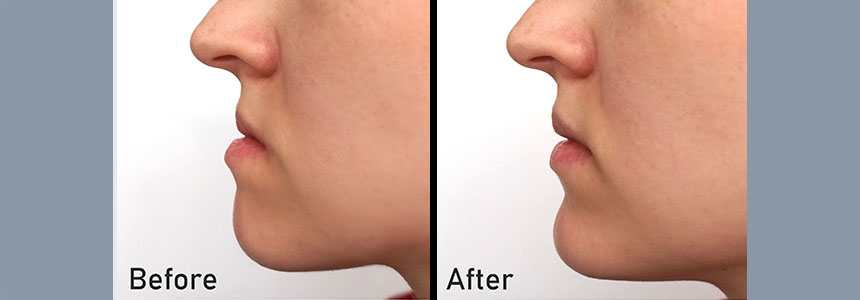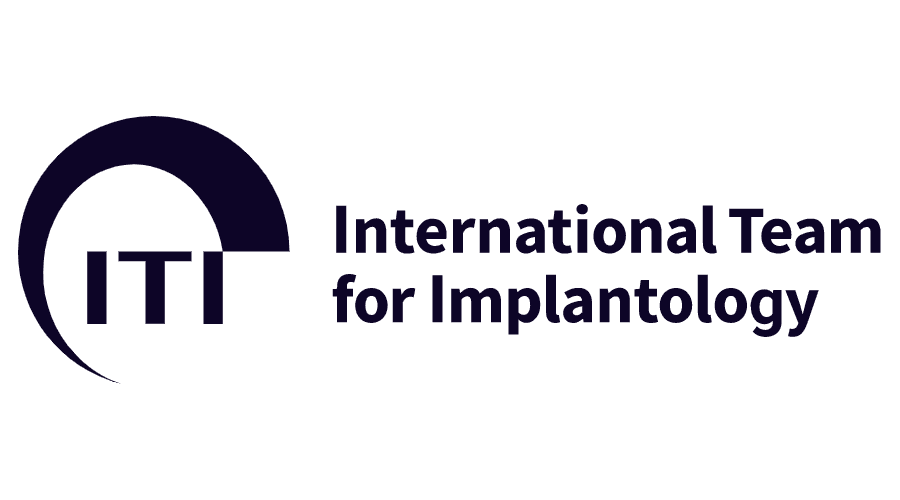
Alignment of the jaw with Orthognathic surgery
Orthognathic surgery (jaw surgery) corrects skeletal disproportions of the jaw. It aims to reposition the jaws and teeth to improve the way they function. Making these corrections can also improve your facial appearance.
Jaw surgery may be a suitable option if you have jaw problems that cannot be corrected with orthodontics (braces) alone. In most cases, braces are required to align teeth prior to surgery. The orthodontic treatment continues after surgery for approximately six months after surgery so that minor adjustments of tooth position can take place to enhance function and form.
How is orthognathic surgery performed?
Upper jaw surgery
Incisions are made inside the mouth. To correct an upper jaw, a maxillary osteotomy (bone cut) is performed and the cut surfaces are separated from each other. Once a jaw is realigned, tiny plates with small screws are placed into the bone to secure it in its new position.
Lower jaw surgery
A mandibular osteotomy (bone cut) is performed. Once the two cut surfaces are separated, the jaw can either be lengthened or shortened, depending on one’s needs. Once the jaw is realigned in the desired position, tiny plates with small screws are placed into the bone to secure it in its new position.
The benefits of orthognathic surgery
- Enhances biting and chewing
- Restore balance and symmetry to lower and middle facial features therefore, correcting facial imbalance, improving one’s appearance
- Reduces the risk of temporomandibular joint (TMJ) disorder and other jaw problems
- Repairs and corrects post-traumatic facial injury, defects and abnormalities
- Provides relief for sleep apnoea










